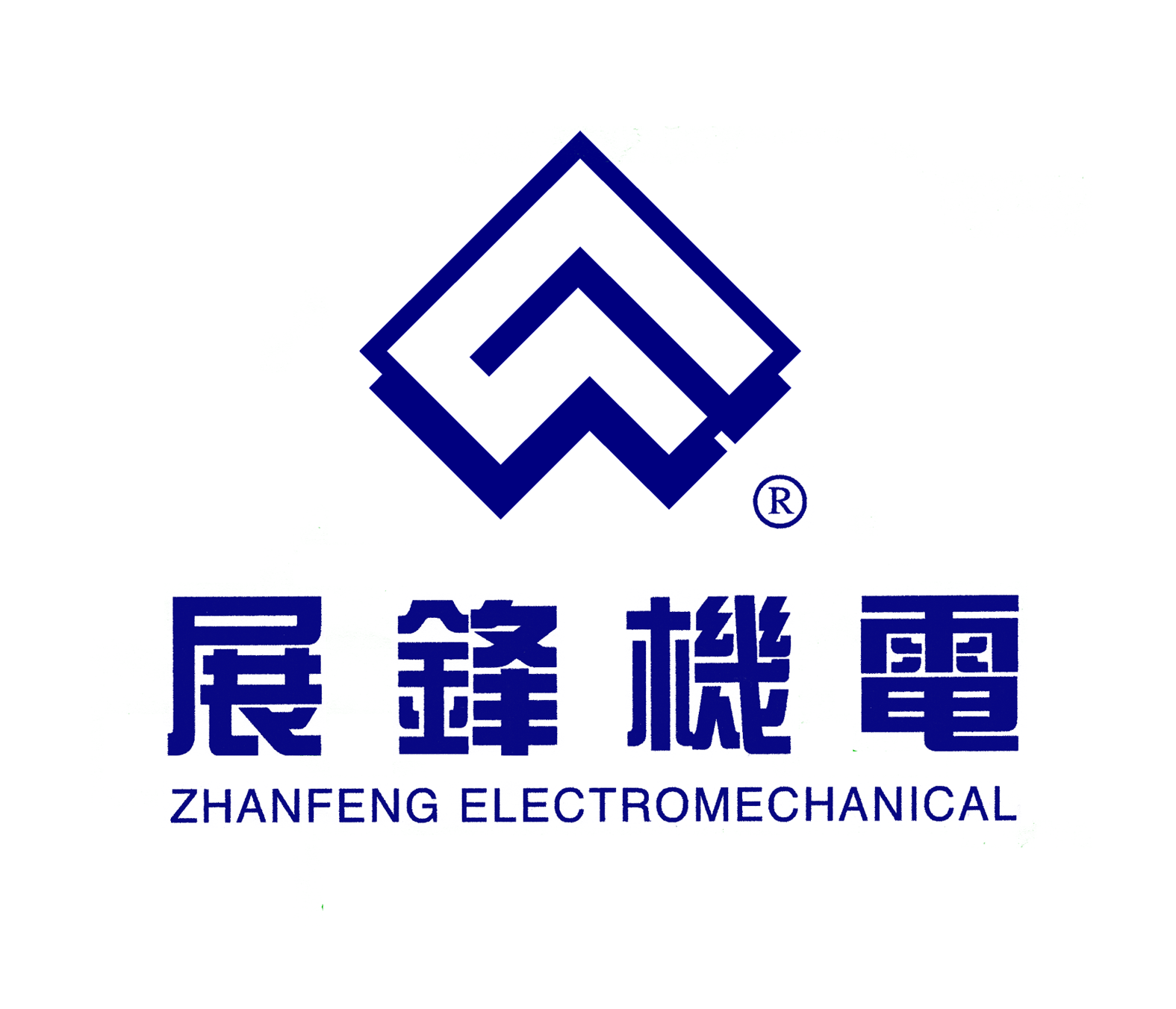In-Mold Hot Cutting - Gateless Mold Technology
Usually after plastic parts are injection molded, the material head and the product are connected through a gate, and workers need to trim the gate. This is labor-intensive and the gate trimming is unsightly.
The existing solution is to eject the cutter from the top plate to cut off the gate when opening the mold. Both methods are sheared after the mold is opened. Since the plastic has cooled at this time, the gate surface after shearing will not Although it is beautiful, the product quality has not improved. It still requires multiple manual trimmings to trim the gates flat. The labor intensity is still high, which increases labor costs.
In-mold hot cutting is an automated mold injection molding process that cuts or squeezes the gate before the plastic mold is opened, so that parts and materials can be separated after the plastic mold is opened.
To put it simply, in-mold hot cutting is the automatic separation technology of plastic parts and products. A typical in-mold hot cutting system consists of the following parts:
Miniature ultra-high pressure cylinder
High speed and high pressure cutter
Ultra-high voltage timing control system
Auxiliary parts
Advantages of in-mold hot cutting molds:
In-mold hot cutting molds are widely used in various industrialized countries and regions in the world today. This is mainly because the in-mold hot-heating mold has the following salient features:
1. In-mold gate separation automation reduces dependence on humans;
After the traditional plastic mold is opened, the product is connected to the gate, which requires two processes for manual shearing and separation. The in-mold hot-cut mold advances the gate separation before the mold is opened, eliminating subsequent processes, which is conducive to production automation and reduces the impact on people. rely.
2. Reduce the artificial quality impact of products;
During the in-mold hot-cut molding process, the automation of gate separation ensures a consistent appearance at the gate separation. The result is parts with consistent quality. However, the traditional manual gate separation process cannot guarantee a consistent appearance at the gate separation. Therefore, many high-quality products on the market are produced by in-mold cutting molds.
3. Reduce the molding cycle and improve production stability
The automation of in-mold hot forming avoids useless human actions during the production process, while the fully automated mechanical shearing of the product ensures quality consistency. It has incomparable advantages over traditional molds in the mass production of products.
Disadvantages of Mold Cutting Molds
Although in-mold hot-cut molds have many significant advantages over traditional molds, mold users also need to be aware of the disadvantages of in-mold hot-cut molds. To sum up, there are the following points:
1. Rising mold costs
In-mold hot-heating components are relatively expensive, and the cost of in-mold hot-heating molds will increase significantly. If the added value of the product is low and the product output is not high, it is not economically worthwhile for the mold manufacturer. For many mold users in developing countries, the high price of in-mold hot-cutting systems is one of the main problems that affects the widespread application of in-mold hot-cutting molds.
2. In-mold hot cutting mold production process equipment requires high requirements
In-mold hot cutting molds require precision processing machinery to ensure. The integration and cooperation requirements between the in-mold hot cutting system and the mold are extremely strict, otherwise many serious problems will occur during the production process of the mold. For example, if the surface of the mold cylinder mounting hole is rough, the seal cannot seal the oil, causing the cylinder to be unable to move, and the poor cooperation between the cutter and the mold core causes the cutter to get stuck and prevent production.
3. Complex operation and maintenance
Compared with in-mold hot-cut molds, the operation and maintenance of in-mold hot-cut molds are complicated. Improper use and operation can easily damage the hot-cut parts in the mold, making production impossible and causing huge economic losses. For new users of in-mold hot cutting molds, it takes a long time to accumulate experience.
Main technical key points of in-mold hot cutting application
A successful in-mold hot-cut mold application project requires multiple links to ensure it. The most important of these are three technical factors:
1. Control of cutting knife accuracy
The control of cutter accuracy is extremely important in in-mold hot cutting mold applications. Many product quality problems that occur during the production process are directly caused by the control of the cutting accuracy of the in-mold cutting system.
For example, the product and material are not separated after the mold is opened, the product has serious burrs after cutting, and the product gate cannot be cut cleanly, etc. The occurrence of such problems can only improve the cutting accuracy.
2. In-mold hot cutter tolerances and cutter assembly process
In the normal production of in-mold cutting system molds, the cutter needs to move back and forth repeatedly, so different plastics adopt different assembly tolerances and assembly processes.
Otherwise, the cutter will get stuck, the cutter cannot return, plastic will flow into the assembly gap between the cutter and the mold, or even the cutter will break. For such problems, you can only find professional and experienced in-mold hot-heating manufacturers to provide professional solutions.
3. Precise design of in-mold hot cutting mold solution
For the mold industry, providing an accurate design solution plays a role in getting twice the work with half the effort. In-mold hot cutting suppliers need to provide the best design solutions for different products and materials. Otherwise, there will be a series of problems such as insufficient cylinder power, continuous cutting of the product by the cutter, and uneven return of the cutter.



